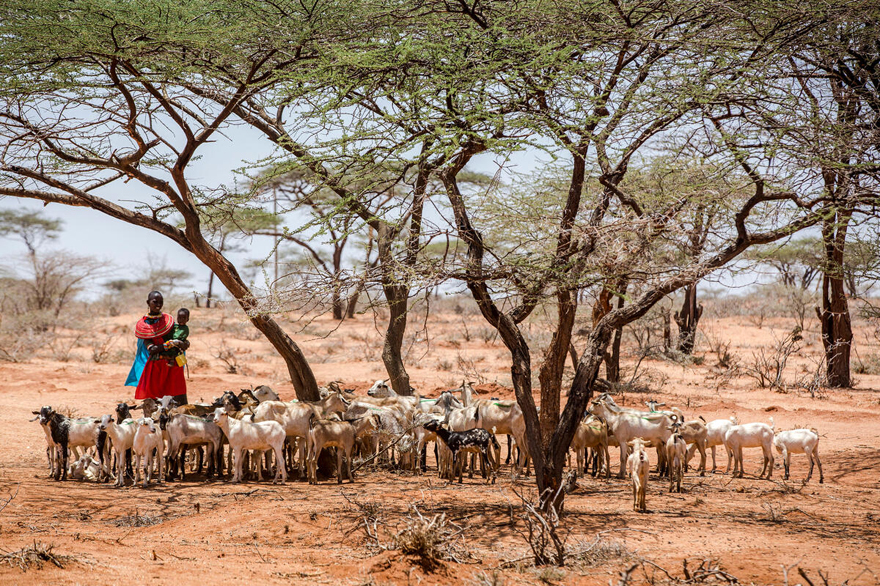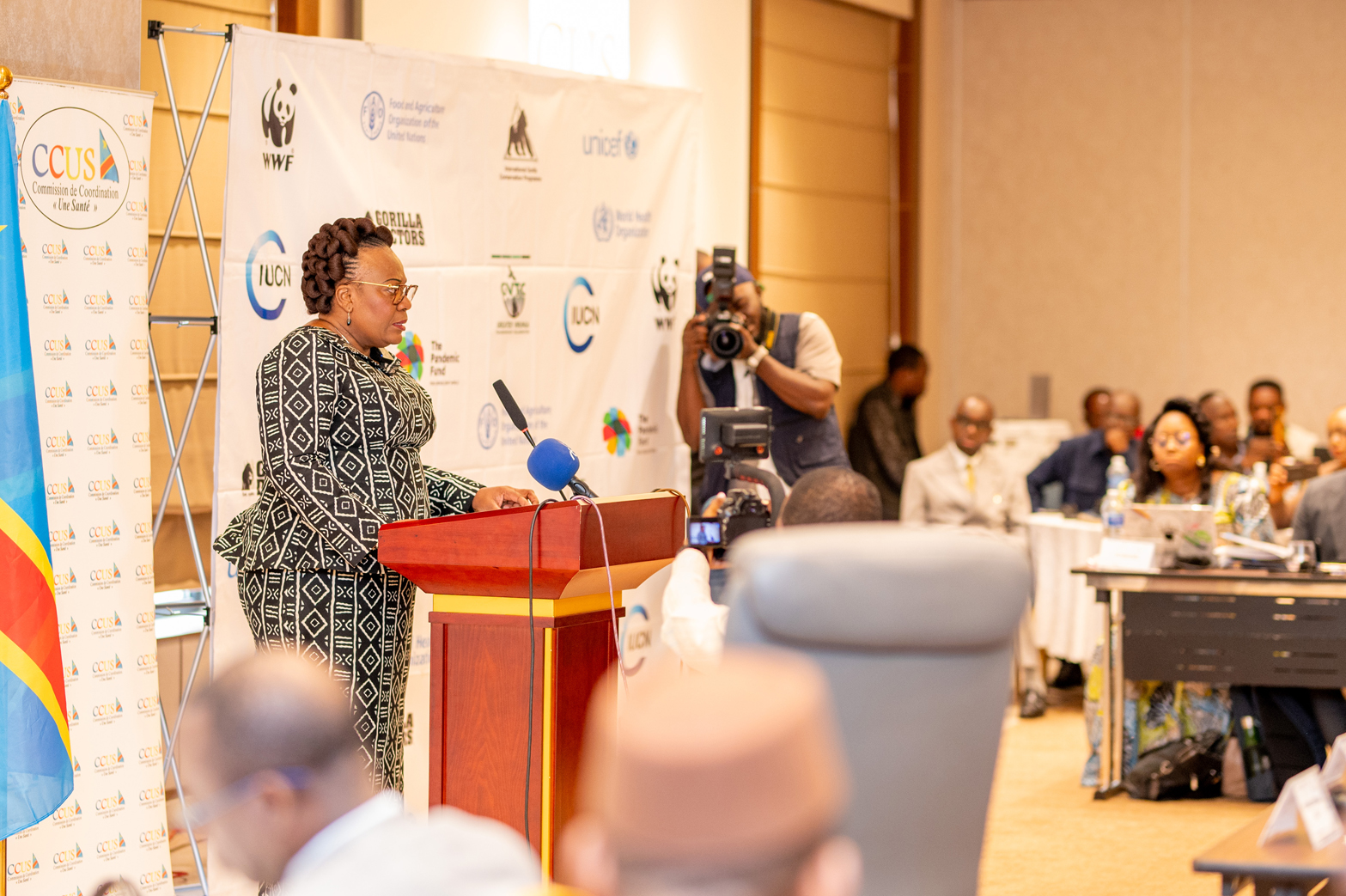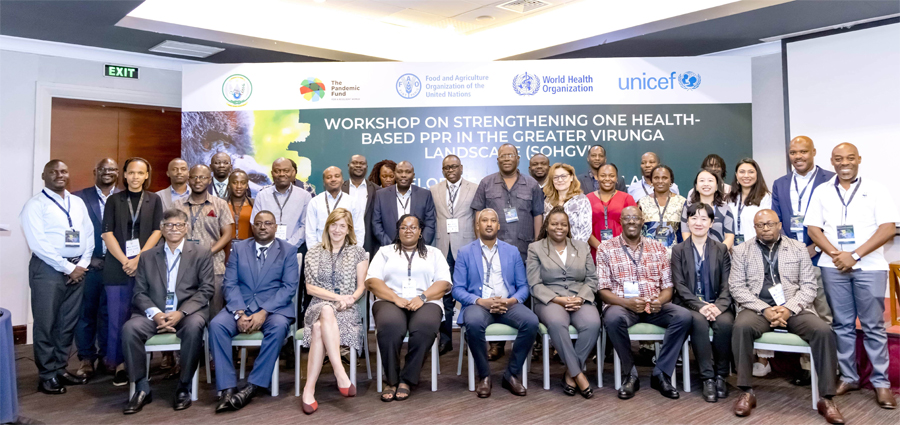.jpg?sfvrsn=9501f052_0)
Strengthening One Health-based pandemic prevention and response in the Greater Virunga Landscape - Democratic Republic of Congo, Rwanda, Uganda

The project aims to enhance the resilience of vulnerable communities in the Greater Virunga Landscape (GVL) by establishing robust One Health-based systems to prevent, detect, and respond to zoonotic diseases with pandemic potential. By integrating human, animal, and environmental health sectors across the Democratic Republic of Congo (DRC), Rwanda, and Uganda, this regional initiative strengthens pandemic preparedness and response through inter-country collaboration. It addresses critical areas such as surveillance integration, cross-border diagnostic capacities, and workforce development. By promoting regional cooperation and information sharing, the project ensures a cohesive and effective strategy to mitigate health threats that transcend borders.
Implementation and key components
The Greater Virunga Transboundary Collaboration (GVTC) serves as the Regional Entity, working with FAO, WHO, and UNICEF as Implementing Entities. This collaboration targets communities living near high-risk areas such as national parks and wildlife reserves, emphasizing transboundary coordination.
Strengthening disease surveillance systems
The project will establish a transboundary digital disease surveillance system linking human, animal, and wildlife health. Key activities include training health and veterinary staff in event-based surveillance, improving cross-border data sharing, and implementing community-based early warning systems.
Enhancing laboratory capacities
Laboratory networks will be upgraded to support timely diagnostics for zoonotic diseases. This includes building biobanking capacities, developing standardized diagnostic protocols, and integrating animal and human health laboratories.
Building workforce and community capacity
Training programs will enhance the skills of local health and veterinary workers, customs officers, and rapid response teams. Community engagement activities will foster awareness of zoonotic disease risks and promote preventive health measures at the human-wildlife interface.
Fostering regional coordination and governance
The project will establish transboundary coordination mechanisms, including technical committees and policy frameworks, to support a unified One Health approach. It will also integrate One Health principles into governance structures for protected areas and relevant sectors.
Catalyzing investments for sustainability
A dedicated GVL Regional Fund will be created to ensure sustainable financing of pandemic preparedness and response efforts, leveraging both public and private sector contributions.
Expected outcomes
The project is expected to establish a functional transboundary One Health system, enhancing early warning, surveillance, and response capacities in the GVL. It will strengthen laboratory networks, improve intersectoral collaboration, and engage communities in pandemic prevention. These efforts aim to increase the region’s compliance with International Health Regulations (IHR 2005) and raise JEE, SPAR, and PVS scores. By reducing the risk of zoonotic disease outbreaks, the project will protect biodiversity, promote regional stability, and safeguard the health of nearly 120,000 people living in the Greater Virunga Landscape.
Implementing Entities
FAO, UNICEF, WHO
Priority areas
- Early warning and disease surveillance systems
- Laboratory systems
- Human resources/public health and community workforce capacity
Total budget
USD 24,552,027
Total co-financing
(in kind and cash)
USD 15,562,879
Total co-investment
(in kind and cash)
USD 35,723,321
Find out more

Projects
The Pandemic Fund
FAO is co-leading the implementation of 32 Pandemic Fund projects worth over USD 165 million aimed to boost local and global health security.


